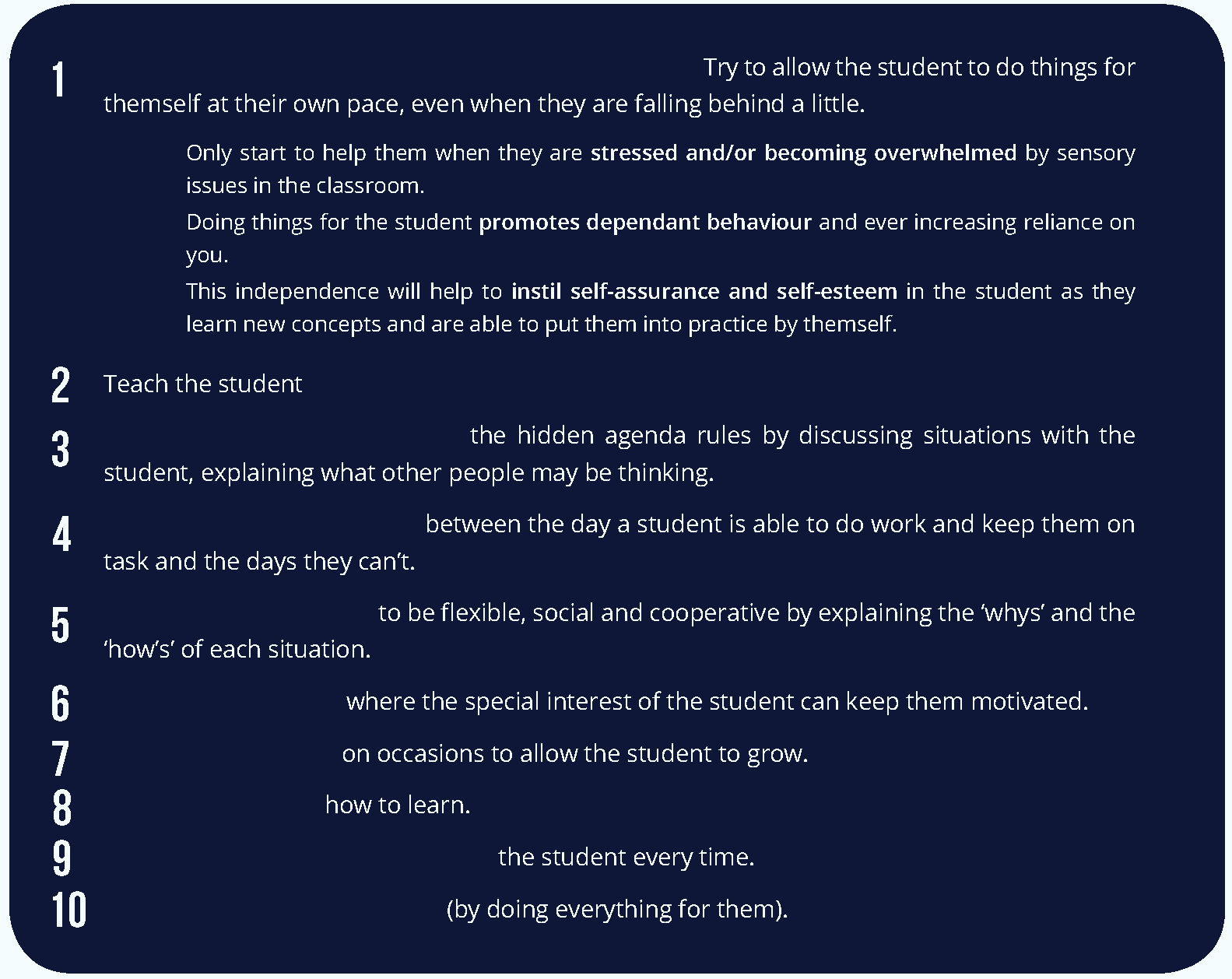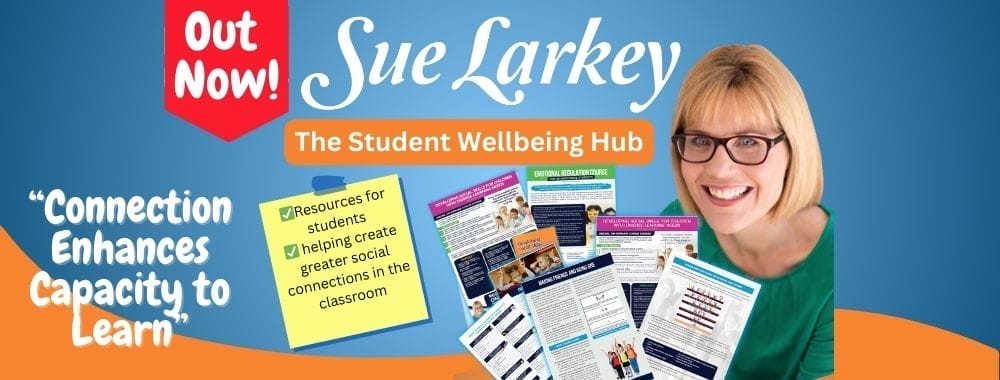29 WAYS FOR TEACHER ASSISTANTS TO SUPPORT STUDENTs and student Wellbeing
Managing meltdowns in neurodiverse students
Discussed in the episode:
✅ Understanding Meltdown Phases and recognising the stages from buildup to crisis.
✅ Calming Strategies to reduce anxiety and stress.
✅ Importance of Silence and emphasis on giving space for self-regulation.
✅ Communication Alternatives
✅ Discusses reflection and preventive strategies for meltdowns
✅ Stresses the importance of knowing individual triggers.
Teacher assistants, school support officers, teacher aides, etc. – you are angels in disguise and we thank you for all your hard work with our ASD students. You are usually the person that the student with ASD may develop a great mentoring relationship with, so it is important that you start off on the ‘right foot’. Managing meltdowns in neurodiverse students is a crucial part of your role, requiring patience, understanding, and effective strategies to support their unique needs.
1o Top Tips to Support Your Student to Stay on Task
Often, as a teacher assistant your most challenging task is to maintain your students concentration. This can be particularly difficult when working with a student with ASD. The ideas below are some strategies I found extremely useful when I had a teacher assistant in the classroom.

12 Key Strategies for Teacher Assistants

7 Considerations for Supporting Students
-
Students with ASD are usually visual learners. You need to show them what to do rather than just tell them. Use visuals instructions.
-
Students with ASD often can have difficulty with communication. Just because they can’t talk doesn’t mean they don’t understand you. Be careful what you say in front of them.
-
Some students can talk but don’t understand: they need visual strategies to support verbal information. You may need to minimise your speech so as not to overwhelm them.
-
There is always a reason for behaviour: social, sensory, anxiety, communication issues. Remember that behaviour is a second language.
-
Establishing routines and consistency from day to day are also a key component.
-
You will need to develop a great relationship with the teacher so you can work together.
-
You may want to work with the other students so the teacher has time to work with the student with ASD.
For more tips, check out the ‘Student Wellbeing Hub‘ for more resources you can use in the classroom



 Sorry we no longer ship items outside Australia. Please consider the digital versions of Sue’s Books –
Sorry we no longer ship items outside Australia. Please consider the digital versions of Sue’s Books – 